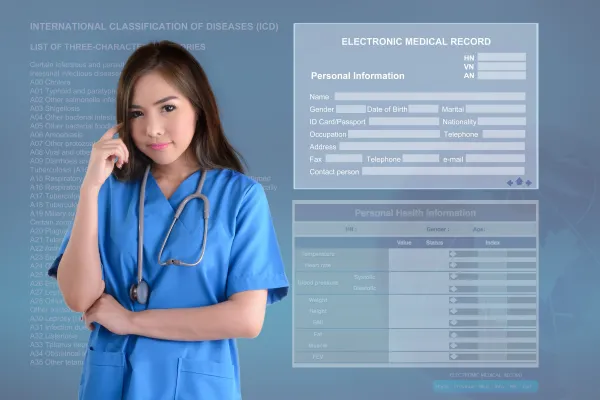HCPCS Modifiers May Be at the Center of Coding for MACRA

Take a look at the MIPS cost categories for patient relationship coding under CMS review.
With the focus on the ICD-10 transition—and the edits and additions associated with it—heavy on most coders’ minds, it’s no surprise that MACRA and all that it entails might be low on coders’ radars. Luckily, the QPP’s core values are in line with the promise of ICD-10, allowing for greater clarity, enhanced choices for documentation, and stronger overall patient care.
Context. Back in April 2016, CMS suggested that claims codes would be the route to go under MIPS to differentiate between continued care, acute care, and acute or continued care, and asked for commentary on the suggestions for categories and codes. The proposal initially presented coders with a three-part process under MIPS with the care identified for the primary care physician first, followed by the continued care of the specialist, and ending with the provider maintaining the coordinated care through the acute event. Take a look at the original CMS information on MACRA codes here: https://www.cms.gov/Medicare/Quality-Initiatives-Patient-Assessment-Instruments/Value-Based-Programs/MACRA-MIPS-and-APMs/Patient-Relationship-Categories-and-Codes.pdf.
Public input. During the comment period, the public backlash ensued as many in the healthcare industry commented that the original MACRA outline added more complexity on top of the already huge changes with the QPP itself and ICD-10 for coders, However, CMS took these public comments over the last six months and have used them to shape its recent output on the matter, giving coders and the providers they assist a more scaled back version of what may lie ahead.
What This Means For You
Categories explained. The streamlined selections that CMS has proposed will fall under cost and refer to patient relationship coding, one of the four performance categories that eligible clinicians will be scored with under MIPS. Here is a brief outline of the categories, but be warned, CMS considers them a work in progress and will look at the last public comment period that closed on Jan. 6, 2017 to further modify them:
Are There New Codes on the Horizon?
According to the December 2016 update, CMS does have some ideas about how they will integrate coding into MACRA. The data garnered from the public comments taken since April 2016 and through this past fall, indicate that most clinicians and coders would like to see Healthcare Common Procedure Coding System (HCPCS) modifiers utilized as they “appear to be the most appropriate option for clinician-submitted codes on claim forms,” the CMS update says.
The report continues, “We envision that clinicians would first report a CPT® Code (Level I HCPCS) and then identify a Level II HCPCS modifier to identify their relationship to the patient.”
HCPCS reasoning. There are several reasons that CMS wants to go with HCPCS modifiers to distinguish » between the different MIPS cost categories. Take a look at a why CMS thinks HCPCS modifiers will work:
Reminder: Don’t start worrying yet as the final MACRA codes and categories are still being studied and finalized. CMS hopes to utilize this enhanced coding process with a start date of Jan. 1, 2018.
“Section 101(f) of MACRA requires that we post the operational list of patient relationship categories and codes by April 2017 and that the codes be included by clinicians on all Medicare claims, as determined appropriate by the Secretary, beginning January 1, 2018,” CMS suggests in a Dec. 2016 update. “This document is a supplementary posting, not required by MACRA, to gain additional stakeholder input on these categories and codes.”
Resource: For a closer look at the suggested categories and codes CMS is looking at implementing under MACRA, visit https://www.cms.gov/Medicare/Quality-Initiatives-Patient-Assessment-Instruments/Value-Based-Programs/MACRA-MIPS-and-APMs/Patient-Relationship-Categories-and-Codes-Posting-FINAL.pdf.




